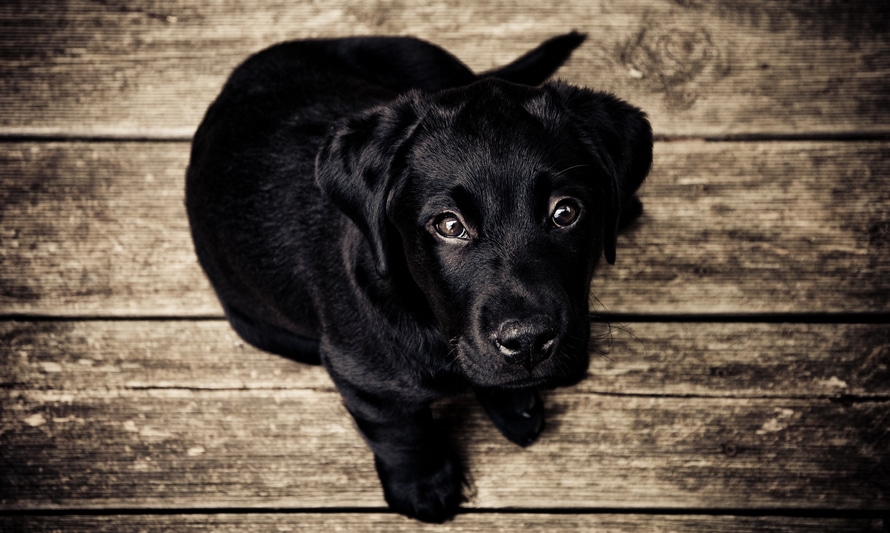Dangerous Plants For Cats and Dogs
May 10, 2016
Do you have something dangerous growing in or around your home? Many plants are dangerous to cats and dogs–causing anything from vomiting and diarrhea to death. It’s impossible to keep an eye on your pets 24/7, so your best effort to protect them from ingesting toxic plants is to prohibit them from your home, inside and out.
Here are some common, yet dangerous plants for cats and dogs, according to the Humane Society of the United States and the ASPCA:
Aloe
Amaryllis
Apple seeds
Asparagus fern (plumosa)
Autumn crocus
Azalea
Begonia
Bird of paradise pods
Boxwood
Burning bush (euonymus)
Caladium
California ivy
Carnation
Chamomile
Chives
Chrysanthemum
Coleus
Cyclamen roots
Daffodil bulbs
Delphinium (larkspur)
Elephant’s ear
English ivy
Eucalyptus
Foxglove leaves
Geranium
Gladiola bulbs
Holly berries
Hyacinth bulbs
Kalanchoe
Lilies (for cats)
Lupine seeds and pods
Mistletoe berries
Morning glory seeds and roots
Narcissus bulbs
Philodendron
Poinsettia
Rhododendron leaves
Rhubarb leaves
Ribbon plant (dracaena)
Sago palm
Snake plant (mother-in-law’s tongue)
Sweet William
Tomato plant
Tulip bulbs
Vinca
Wisteria pods and seeds
Yew bark, leaves, and seeds
Before you bring a plant into a home with pets or plant it in your yard, be sure they’re pet-safe. Check these sites to be sure you’re not risking the health of your dog or cat.











